Co-written by Sarah Herron and Morgan Tilton
My first solo trip was in 2015, right after I wrapped up filming Bachelor in Paradise, season one. I left the set with really unsettled nerves. When I arrived home, I felt an urge and need to go on a solitary, introspective adventure, before returning to work. I packed up my car and headed to Moab: I’d always wanted to visit the enchanting red-rock formations of Arches National Park.
En voyage, I kicked-off my stops with Palm Springs, two hours east of L.A.—where I rode the Palm Springs Aerial Tramway, the world’s largest rotating tram car, more than 2.5 miles through the cliffs of Chino Canyon to the wilderness of Mt. San Jacinto State Park. I ventured to the Imperial Sand Dunes, in southeast California, and the high desert canyons of Sedona, Arizona. Less than an hour north, I explored Flagstaff, a gateway to Grand Canyon National Park and crossroad of the legendary Historic Route 66. After steering through the gorgeous northwest expanse of Navajo Nation, I reached Moab, my premiere basecamp.
I stayed in budget hotels the whole way. I didn’t yet know how to camp on my own. And the entire experience was completely liberating. I felt so empowered to map out a route and hit the road. I listened to scores of awesome music and had tons of time to reflect on Bachelor in Paradise. As it turned out, the season premiere was great—and my anxiety was for naught! But that restlessness spurred my need to embrace self-direction and just go. I wouldn’t change that catalyst for anything.
Why Solo Travel Is Important
As a kid, I never traveled—with the exception of a few spring break vacations to Cabo San Lucas, Mexico, accompanied by my parents. I’d never needed to arrange an itinerary, book accommodations, reserve a car, pay for flights and meals—or anything. When I finally independently traveled, I gained immense appreciation for each decision I made, the places I saw, the cultures I was immersed in, the food I ate, and how I invested my money in the experience. All five senses were awake to absorb my surroundings. Suddenly, each moment was valuable and intentional, when I realized I was creating this time for myself.
Now, as a woman, I think it’s so important to experience solo travel, because it allows us to understand that we are capable of far more than we let ourselves believe. You instantly become more attune to your surroundings, people, varying perspectives, ways of life, and nature. And traveling alone requires you to be self-aware, cognitive, and confident about your decisions. You learn to lean into self-reliance—and to love it.
And the self-growth acquired through solo travel never stagnates. Four years after my inaugural undertaking, I journeyed alone to Tanzania to hike Mount Kilimanjaro. To reach the start, I navigated the longest stag travel stint that I’ve ever experienced.
Before that, I’d never been in an international airport, or pursued an expedition, as a lone tourist. I was frightened by the idea of it—but, the hardest part was pulling the trigger on booking flights. Once I bought the tickets, my decision was REAL. I truly was going alone! From then on, I only felt excitement.
I’m still learning so much as a solo adventurer—that will never stop. But here are a handful of my favorite tools and tricks for self-travel, to help inspire your own local or far-off outing.
Packing List for Solo Travel
A Playlist
Music plays SUCH an important role in travel. It’s the soundtrack to our improv life! I always make a playlist before I set out. I inevitably find myself on a bus, subway, or stroll through new territories, and when I’m listening to good music, it makes me feel like I’m living in my own music video.
Camera
I always bring a camera along. If I want the flexibility of multiple lenses and to shoot a little more pro, I pack my Sony a7 III. I brought this camera to Morocco and many other locations—it doesn’t disappoint. But, if I need to pack light, I bring my new Sony RX100 VII. It’s perfect for vlogging and can also shoot incredible stills with the 24-200mm zoom. I brought that camera to Tanzania, since I could only pack what I could carry on my back plus one duffle. It’s incredibly versatile. I used it to shoot my Kilimanjaro Vlog and to take photos on a safari post summit!
Survival Kit
Regardless of if I’m camping or going on a 28-hour flight sequence to Africa, I always put together a small cosmetic bag with survival items. Each product helps me on a long flight or while backpacking, when I’m away from a conventional bathroom. Typically, I pack a mini hairbrush, toothbrush and paste, lip balm, moisturizer, face mist, a sleeping mask, ear plugs, and essential oils. Having these minor comforts help me feel refreshed and relaxed, especially if circumstances get a little stale.
Carrying a portable battery pack sets me at ease. I know I’ll be able to recharge my phone or camera in transit—even if I happen to have a layover in an airport where my adaptor doesn’t work or I’m on a long train ride with no energy outlet at all.
This miniature satellite communicator isn’t a means to text with your mom back home—it can get very expensive, but it’s nice to have on hand, in case of an emergency. I use this inReach for long camping weekends and took it on my quest to Kilimanjaro. You can send a tracker to people, and they can follow your trek—to the top of one of the Seven Summits, for example—or you can ping someone to let them know you are safe and not to worry.
Travel Apps
I prefer to call for rides with these two apps versus waving down a traditional cab. With the electronic payment, I don’t need to worry about carrying extra cash, negotiating a fair fee, or language barriers. Lyft operates in the U.S. and Canada. Uber has branches in more than 70 countries worldwide!
If you don’t have international data or anticipate no cell service, you can download Maps.me and specific routes to your phone, beforehand. Then, you are able to navigate new streets, trails, and roads straight from your phone, regardless of connectivity.
WhatsApp relies on Wi-Fi, and is an awesome platform to text and call people around the world, regardless of each phone’s data plan or location.
I love using this online guide to do background research on local adventures.
Safety Tips
Many safety steps that you can follow for solo travel mirror the protocol you’d implement for an outdoor adventure or running alone in your neighborhood.
Share Your Itinerary
In college, my friends would leave a map open on their computer of where they planned to go on their companionless run. When I ascended my first 14,000-foot peak, I learned that same precaution.
Share your itinerary with a couple of family members or close friends, who could essentially come to your rescue—remotely or physically—if needed.
Your itinerary should include all of your confirmation, flight, and airline numbers in addition to the days/times of travel (don’t forget to use the correct time zone). Also leave a copy of your passport with them.
Passport Copies
If you’re traveling abroad, scan and print a copy of your passport that you can keep on yourself, in case you lose your passport! You can keep a digital copy, too. But a print copy is always a good idea, in case you also lose your laptop or mobile device.
Emergencies
If you have an accident, get sick, or a tornado touches down, who would you contact? Where would you go? Have a list with the contact information and addresses for emergency situations including the closest U.S. Embassy or Consulate. You can also enroll in the Smart Traveler Enrollment Program (STEP), which shares your trip plan with the nearest U.S. Embassy or Consulate. Consider insurance coverage for your expensive electronics, travel insurance, and flight insurance. Also, look into rescue service plans with a company like Global Rescue or Air Rescue Card.
Money
Have SEVERAL methods of obtaining purchases when you travel. Carry some cash but don’t carry a ton. Make sure you stash your extra bills in a safe place, such as on yourself in a money belt or in the hotel safe. (And, make sure you know your ATM withdrawal limits for each credit or debit card!) Notify your bank and credit card company that you’ll be out of the country, too.
Night Commutes
Much like at home, it’s relatively safer to walk where streetlights are located and other pedestrians fill the streets, versus dark alleyways or sequestered bathrooms. You can also avoid walking late at night at all! Remain aware of your surroundings and listen to your gut instinct.
Make sure you’re aware of the wildlife where you are located! In some locations, nocturnal animals can pose a threat.
If your itinerary includes a late arrival, you can try to book your airport transfer through your hotel; or, seek their advice on how to safely arrive. Let the concierge know what time to expect you and exchange contact information.
Also, it’s a good idea to pack a headlamp. They always seem to come in handy for convenience, if nothing else!
Luggage
You might not naturally think of this as a safety concern—but be selective with how much you pack and what type of luggage you bring on a personal trip. If you’re lugging around two large suitcases, alone, you’re probably going to A) be exhausted B) be WAY less nimble from stop-to-stop C) it’ll be that much harder to keep track of your belongings and you D) could become a target for theft.
Pack light! Bring a duffle or suitcase with a sturdy zipper and consider using luggage locks. And, pack your greatest valuables and essentials in your carry-on luggage.
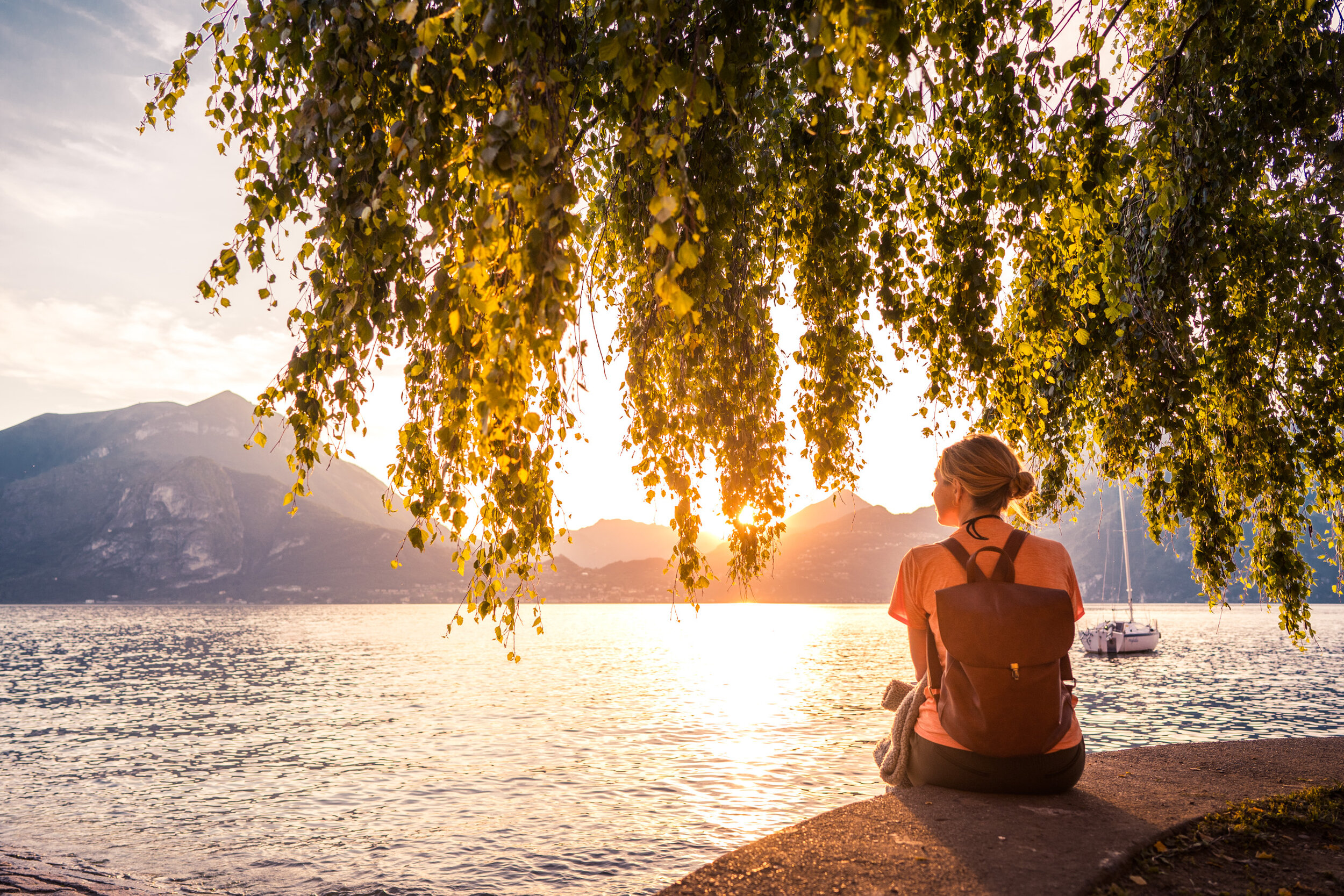
Solo Travel Is Life-Changing
The greatest appeal of solo travel is that it’s completely by-you design. You can sleep under the stars or at a lodge. Van-life for a night or jet across the ocean for a 10-day backpacking jaunt. Make countless random pit stops, sleep late or wake-up for sunrise. You can draw a meticulous plan and be spontaneous, all at the same time.
My road tour through the Southwest is still my favorite solo excursion to date. There were so many fundamental ‘firsts’ on that ramble that truly made me feel self-assured and intrepid in my abilities. Pulling over from the road to stay the night at a motel was a huge deal—I needed to trust my own judgement and sense of my surroundings. It was freeing to create my own agenda each day. And being alone in my thoughts with space for personal reflection was the ultimate rejuvenation.
Wherever and however you choose to go, soak up every minute of the journey!
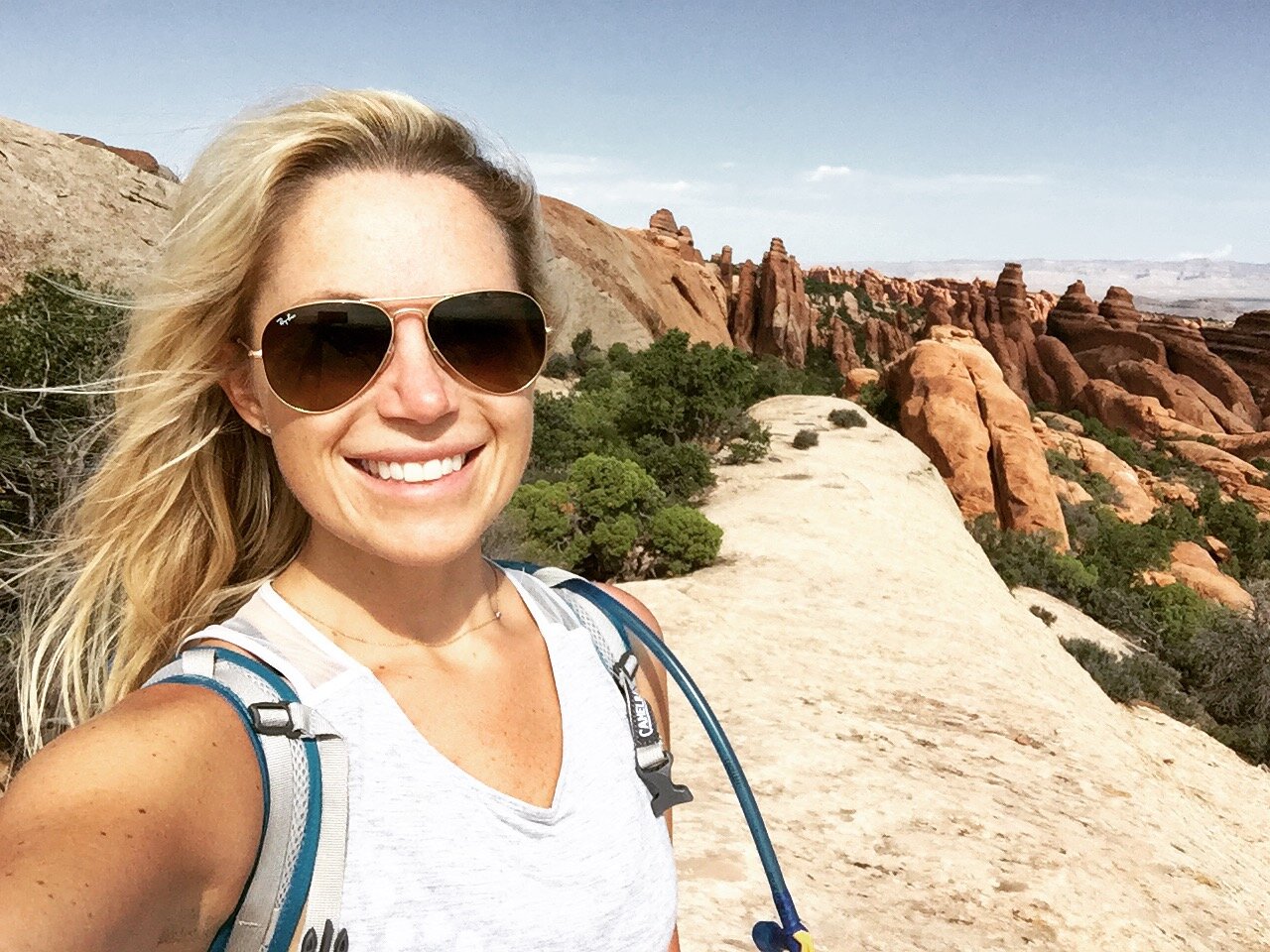
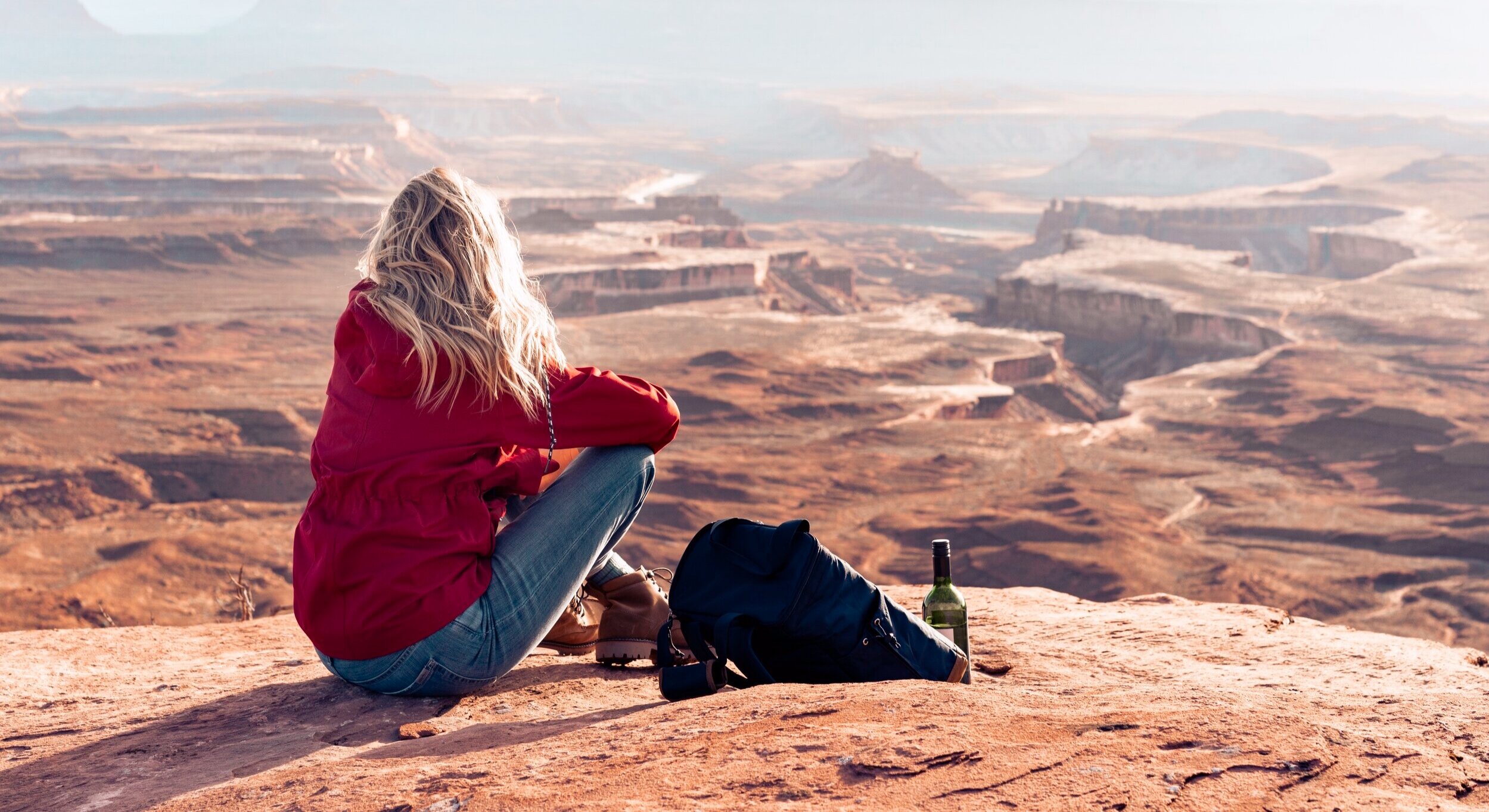

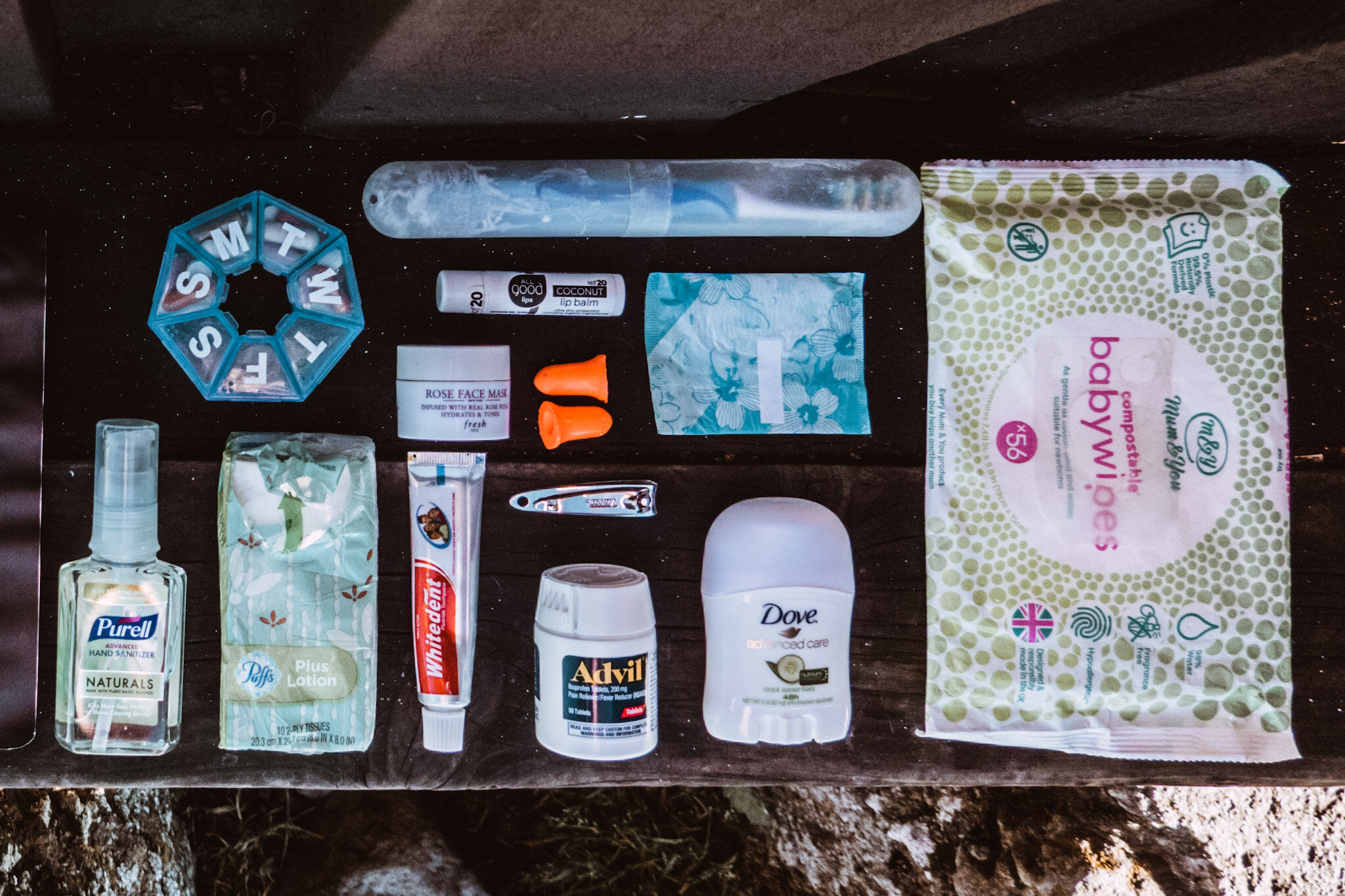

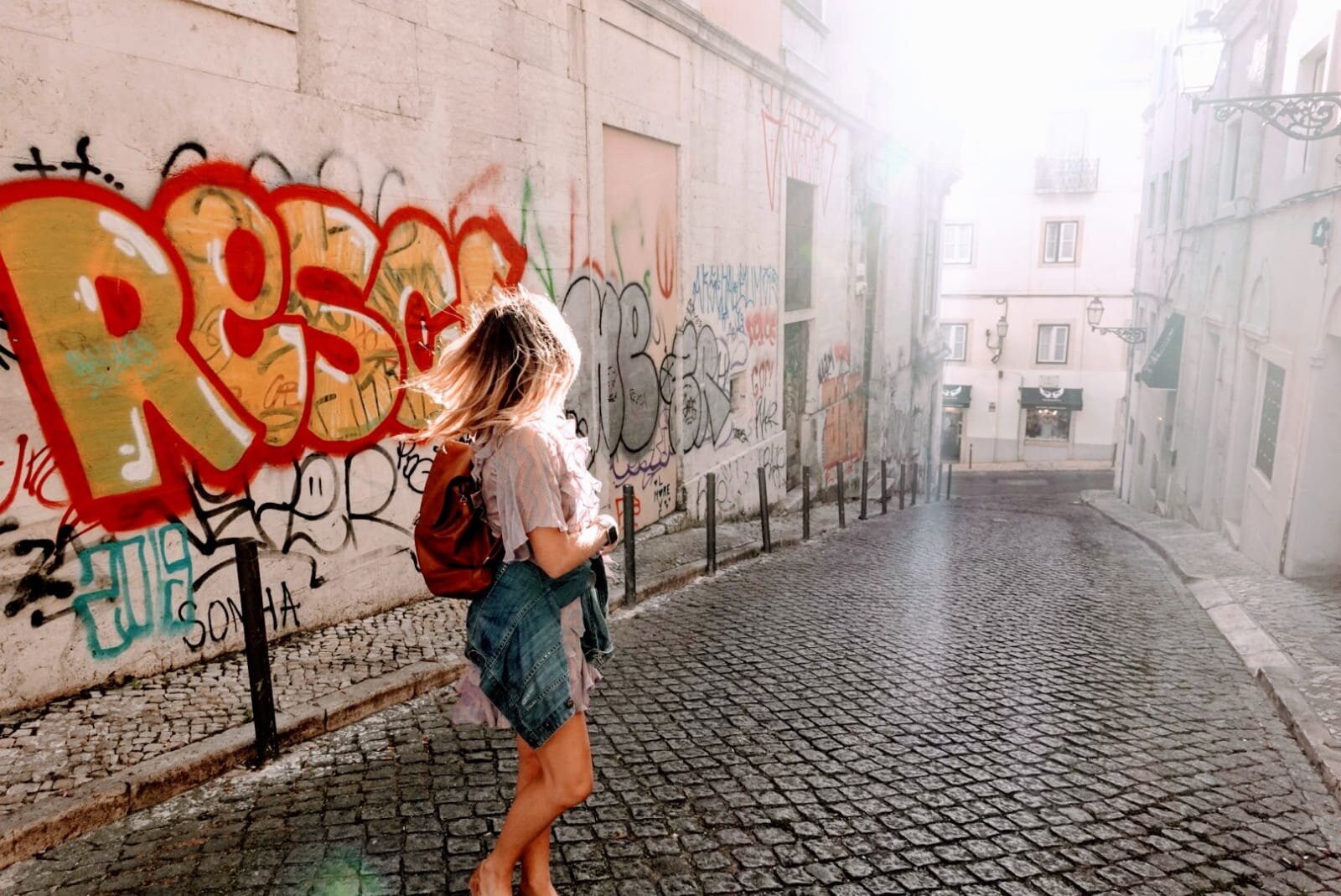

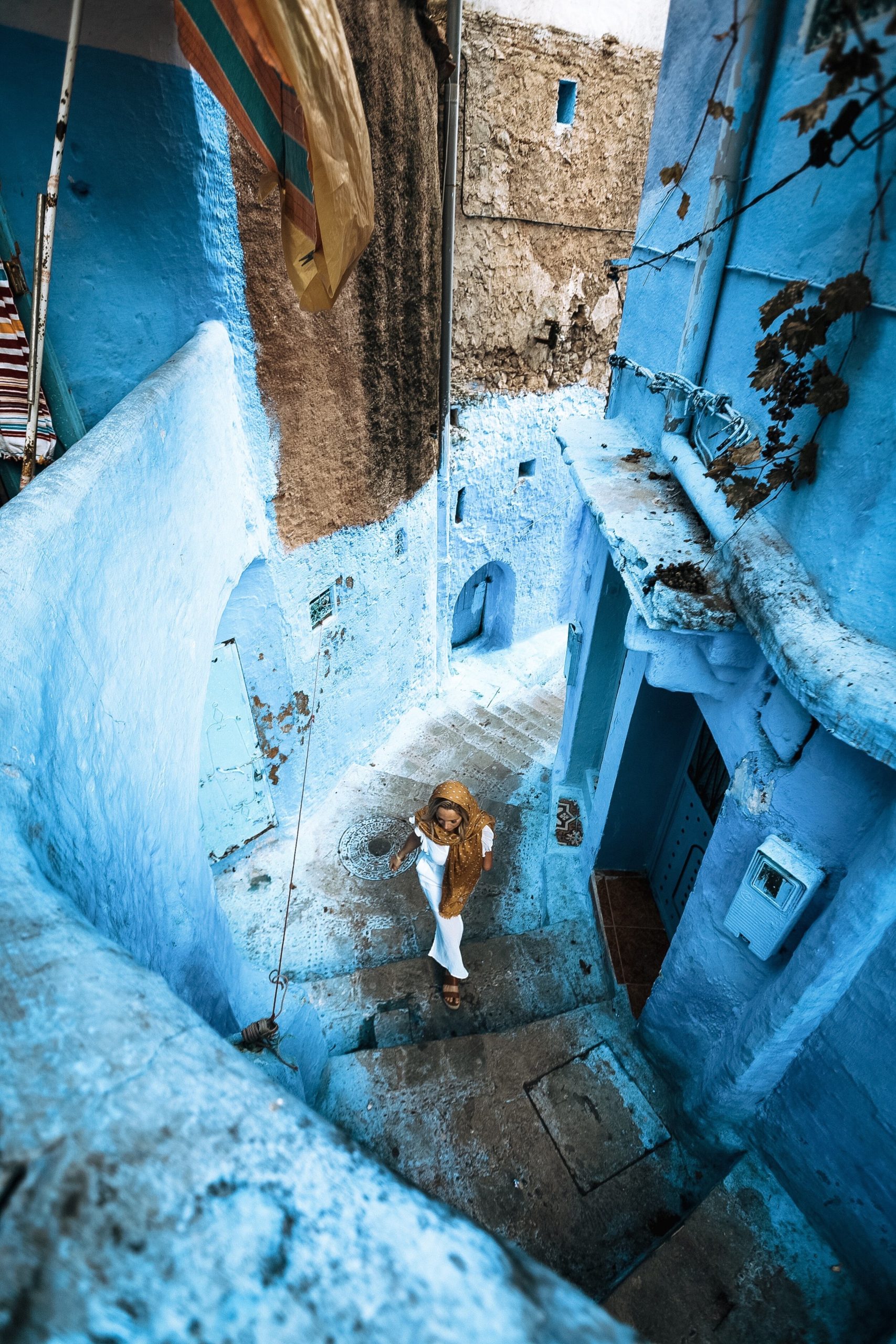
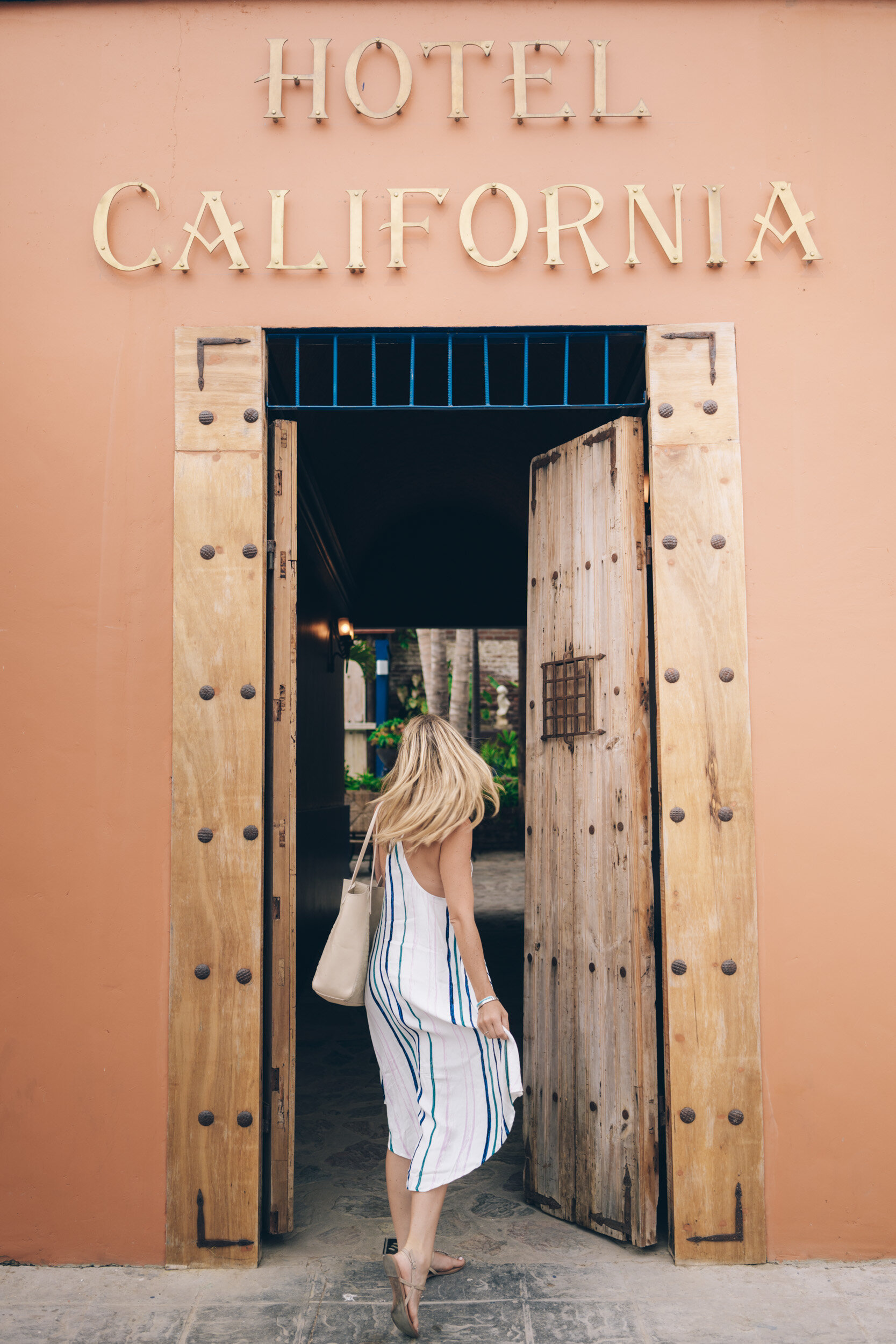
Comments +